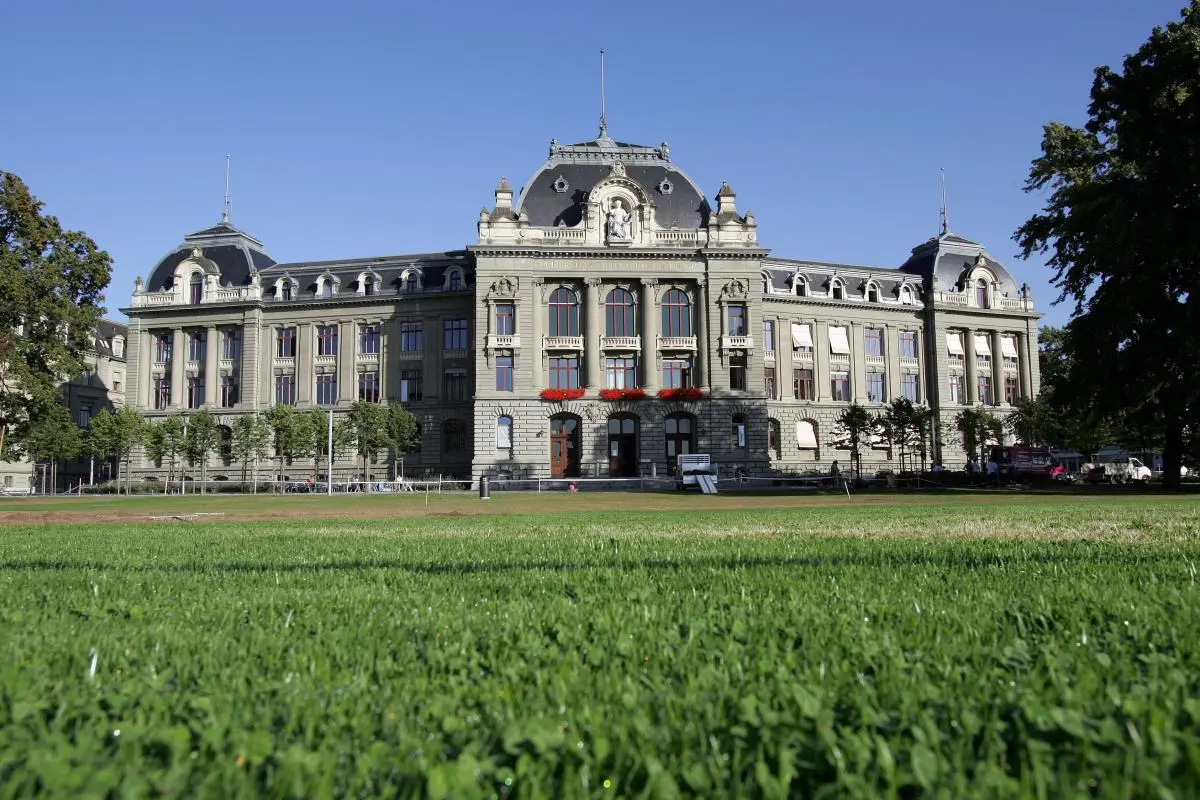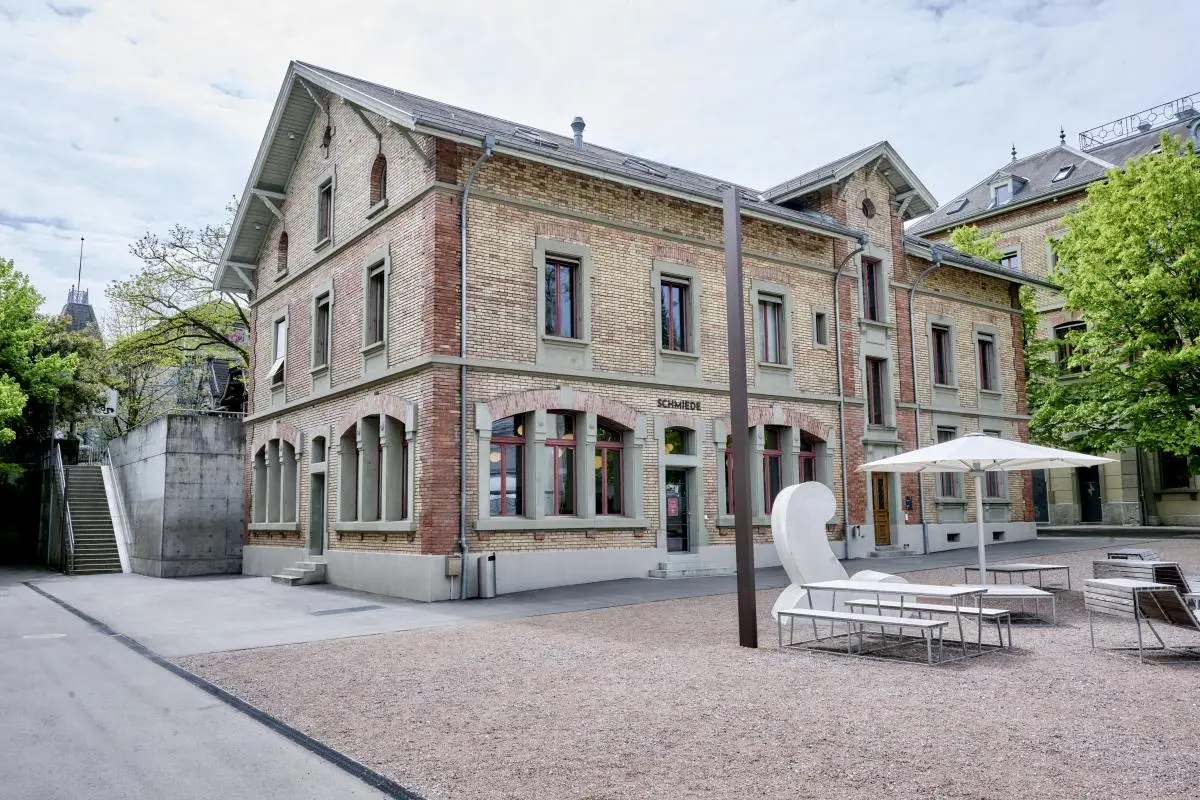University of Bern
The Welcome Reception will be held on Wednesday, 25th February 2026 in the Aula and Foyer of the main building of the University of Bern ( Hochschulstrasse 4, 3012 Bern).
About the University of Bern
The history of the University of Bern begins in the 16th century as a School of Theology. In 1805, the School of Theology was transformed into an Academy with four faculties, where not only ministers but also lawyers and physicians could complete their studies. With the transformation of the Academy to a proper university in 1834, the university was opened to other members of society. As a consequence, the university grew, and around the turn of the century, it had become the largest university in Switzerland, thanks in particular to many foreign students (most of them coming from Germany and Russia).
The first woman to be admitted as a student at the university was Anna Galvis-Hotz, daughter of a Colombian father and a Swiss mother. She received her Doctorate of Medicine in 1877 after five years of studies, and went on to become the first female physician in Colombia. In the following years, the university admitted multiple Russian women as students, and these women, mostly students of medicine, broke new ground for women studying at the university. In 1889, the first Swiss woman, Hedwig Widmer-Zimmerli, completed her medical studies with a doctorate.
The early 20th century marked a turbulent time for the university. Starting in 1908, Albert Einstein taught theoretical physics courses for three semesters, and in the following year, Anna Tumarkin, a Russian philosopher, became the first female professor at the university, making her the first female lecturer in Europe authorised to grant doctorates and habilitations to students. In the same year of 1909, the surgeon Theodor Kocher was awarded with the Nobel Prize in Medicine.
The university underwent numerous organisatorial changes and restructurings in the second half of the 20th century. The number of students grew, new institutes were founded, new buildings were constructed, among them the Building of Exact Sciences, an important center of space and climate research and the heart of the Swiss coordination network.
With the Bologna Process in early 2000, the University of Bern became the modern institution it is today. Currently, the university has about 19'600 students, with around 60% of them being female. About 8'000 people are employed at the university occupying 5'250 full-time positions (see Staff data), whereby the professors include 540 full-time positions, the lecturers 221, the teaching and research assistants including PhD students add up to 2‘552 full-time positions and finally, the technical and administrative staff amounts to 1‘955. Around 30% of all professors are female.
History of the University of Bern
History of women as university students at the University of Bern
History and architecture of the University of Bern
About the Institute of Computer Science
The Institute of Computer Science (formerly the Institute of Applied Mathematics) consists of nine research groups. Each group conducts research and offers teaching in a different area of computer science and is led by a professor. The Software Engineering Group has been part of the institute since 2022.

Main Building © University of Bern

Main Building © University of Bern

Institute of Computer Science © University of Bern
Travel
By Public Transport
The main building is located in the center of the city and easily reachable using public transport. From the main train station, you can take the bus no. 20 in the direction of “Länggasse”, until stop “University”. From there, the main building is a few footsteps away.
On Foot
There is a lift in the main train station that brings you directly to the main building of the University. It is located in the back of the train station. Move to platform “Grosse Schanze”, exit the lift and move around the corner of the building, and you are standing right in front of the University’s main building.